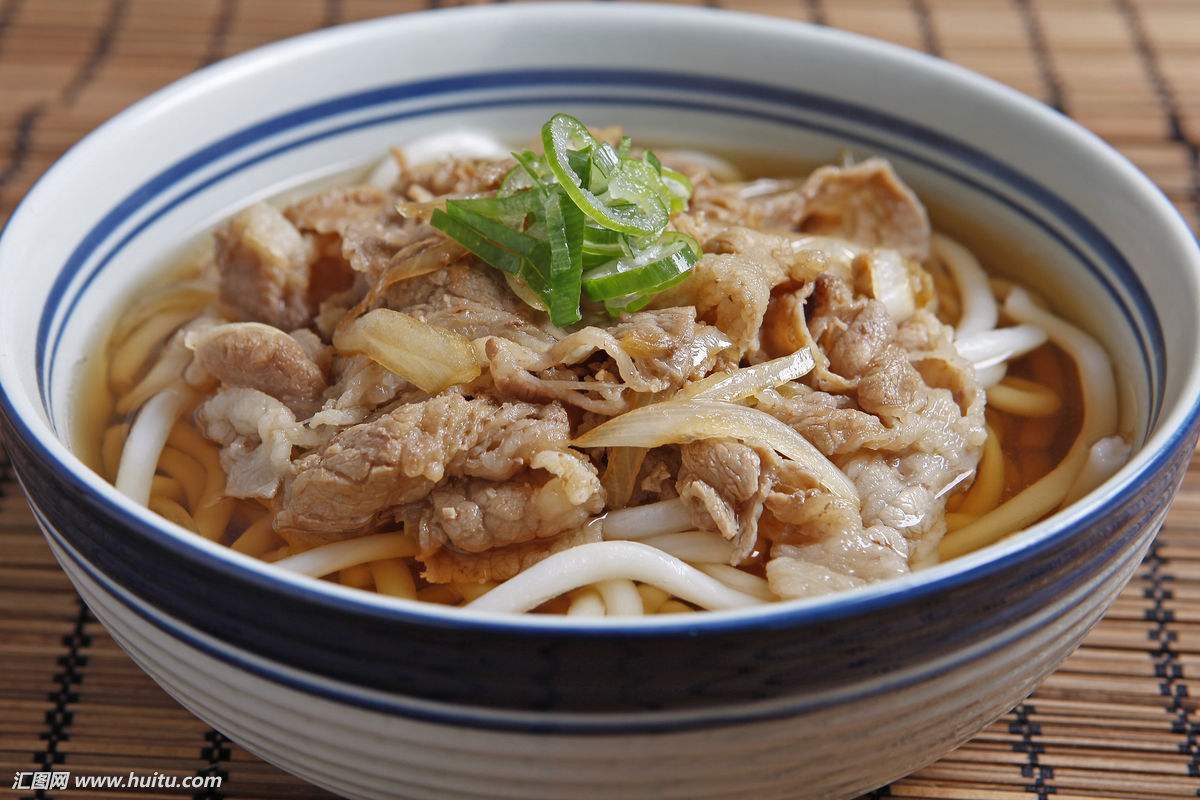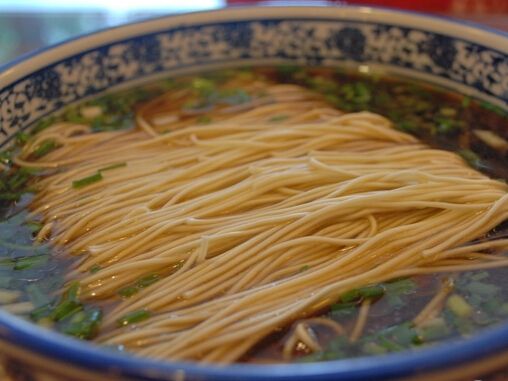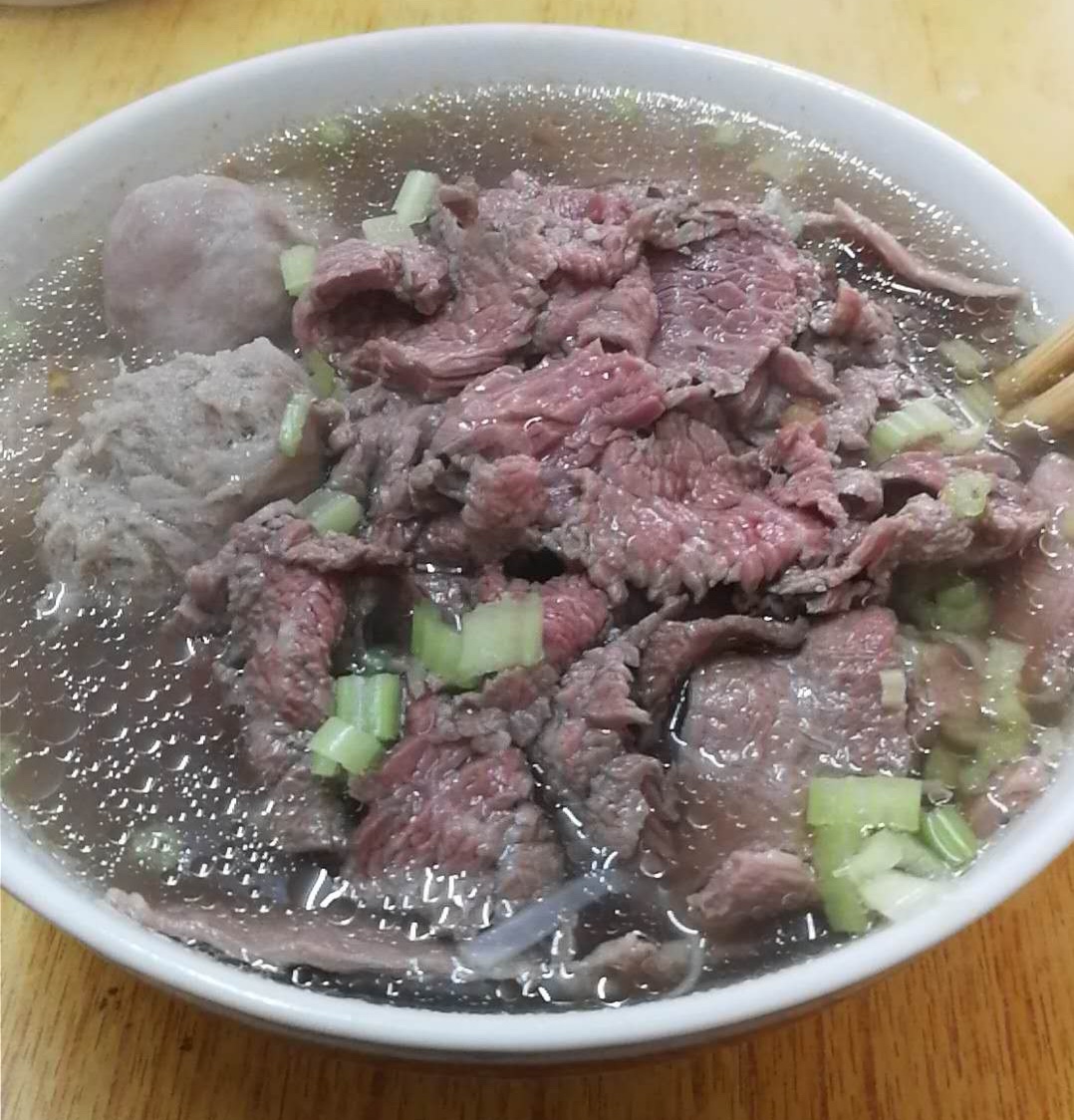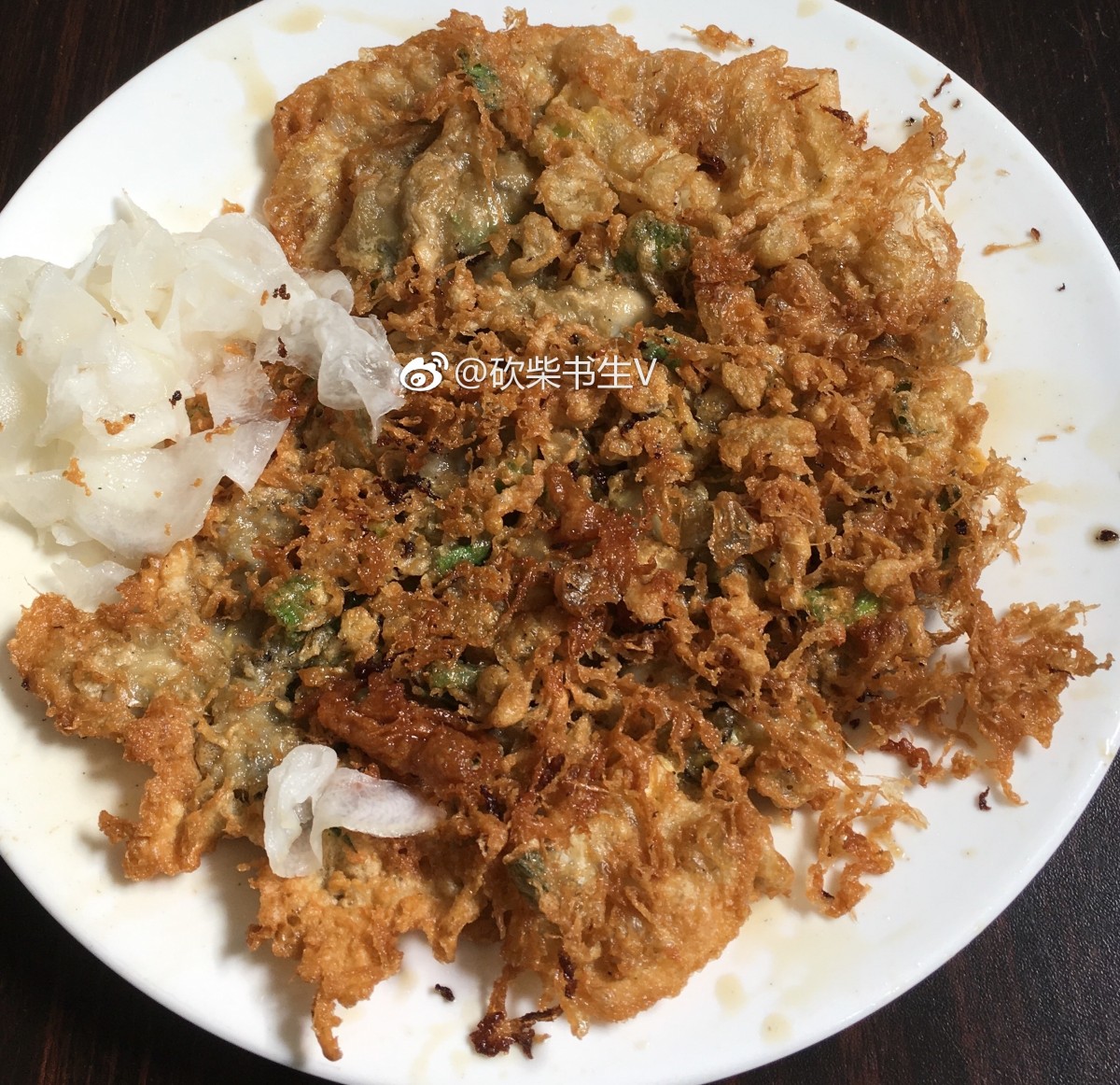A video clip posted by Weibo user Jiuke showing a crayfish, a close relative of lobster, making daring escape from being boiled alive in a Sichuan hotpot by clipping off its own claw has gone viral since a month ago on Chinese social medias and social medias around the world. Although these freshwater crustaceans, also known as crawfish and literally “little lobster” in Chinese, have the ability to regrow their lost limbs, amputating its own claw still appears courageous and intelligent. Now the surviving crayfish becomes a pet and is living in an aquarium in Jiuke’s home, according to Casey Quackenbush on Time.com. Crayfish being one of the most popular culinary delicacies in China nowadays was first viewed as an invasive species and pest in the agricultural industry sector. It caused catastrophic damage to rice terraced fields. Rice farmers in China hated them and used pesticides to kill them in order to save their crops. This came to an end when people found out about the great economic value of crayfish.
According to Robert John’s blog about business in Asia, the first recorded commercial harvest in Lousiana of the United States became the first successful model for the commercialization of crayfish. This provided an excellent business solution for China to solve the “crayfish dilemma”. This consequently gave birth to a booming industry of crayfish. With Louisiana producing 85-95% of crayfish production in the United States and China having similar agricultural conditions, the Jiangsu province of China quickly became the second Louisiana (John). According to China’s Ministry of Agriculture (MoA), the crayfish sector in China is worth of 42 billion USD up to date, which takes into account both upstream and downstream sales (Harkell). Upstream includes crayfish cultivation and farming and factory processing. Downstream includes catering, markets and online retailing etc. It is ironic that a rice farmer’s worst enemy serving as cheap agricultural fodder becomes the most sought-after food among urban millennials and a pillar industry of the total Chinese food service market.
According to the statistics of MoA, China is the world’s biggest producer and exporter of crayfish:
China is the world’s largest crayfish producer, according to a 2017 report by the then Ministry of Agriculture, now known as the Ministry of Agriculture and Rural Affairs. Its output skyrocketed to 852,300 tonnes in 2016 from 265,500 tonnes in 2007. Outside the domestic market, Chinese crayfish have found fans in the United States and Europe. In 2016, China exported 23,300 tonnes of crayfish worth 259 million U.S. dollars. Nearly 40 percent went to the United States, while 90 percent of the crayfish consumed in Europe came from China. (“Across China”)
The long development of crayfish industry in China since the initial imitation of the U.S. model has created a huge innovative industry which encompasses a whole chain of sub-industries, which include but not limited to entertainment, catering and online shopping etc. The significance of crayfish in Chinese food industry is reflected from the transformative impact that it acts on the economic and social landscapes of the total Chinese food service market. Crayfish has reshaped the Chinese food industry on various aspects especially in the economic sphere because these “little lobsters” have boosted the development of industrial transformation and upgrade. In the social sphere, on the other hand, crayfish has served as a social tool for people to interact and connect with each other.
Crayfish has lead the transformation and upgrading of the Chinese food industry because these “little lobsters” unleash the market power on economic development and industrial upgrade. In the upstream level, it promotes transformation by raising huge demand for food quality control among Chinese customers. Crayfish, being a highly adaptable freshwater aquatic species, is often seen living in seemingly dirty environments. This fact has raised great concerns about the safety of crayfish among Chinese customers because they are really worried about whether the “little lobsters” they eat live in a sanitary environment and are fed with clean and nutritious food sources. Qingjiang in Hubei Province, a city famous for its crayfish production and industrial improvement attempts, offers a satisfactory answer to this question of Chinese customers.
In order to dispel the concerns regarding the sourcing of crayfish, Qianjiang first introduces “ID cards” for live crayfish to counteract the concern of sanitary condition and nutritious value of crayfish. According to Xinhuanet, “by scanning a QR code on a carton of crayfish, the buyer can learn information about the animals inside, such as where they were raised, where they were bred, and even details about their food. The measure is part of Qianjiang’s efforts to build a quality traceability system for crayfish. The city produces one-tenth of China’s crayfish” (“Across China”). Chinese customers’ demand for better food quality stemming from the environmental adaptability of crayfish has provided incentives for crayfish sourcing companies to improve their services by implementing technological advancement to ensure food safety and quality.
In addition to implementing the “ID cards”, Qianjiang still turned to technological innovation. Qianjiang chose to build an online quality monitoring system and a quality testing center and is cooperating with SF Express, which enabled monitoring use of food sources, living conditions and rapid precise tests of crayfish and fast delivery of live crayfish ordered online to more than 300 domestic cities within 2 days (“Across China”). These attempts of incorporating technological innovations are examples of structural reforms in the supply side of the crayfish industry, which in turn sets a great exemplary model for other food service sectors. In the downstream, on the other hand, crayfish culinary training and crayfish-themed restaurants have become very popular and incurred increasing demand for the innovation, reform and upgrade of the upstream industry.
“As Chinese policymakers seek to promote domestic consumption in order to reduce the economy’s reliance on fixed-asset investment and exports, the growth of industries such as crayfish is a welcome development” (Wildau). In addition, according to MoA, “Crayfish has afforded undeveloped rural regions an effective catching-up strategy for rural development and poverty alleviation; played an important role in cultivating new opportunities for local economic growth; promoted structural reforms in the supply side of the agricultural (fishery) industry and efficiency; and increased the income of farmers (fishers)” (Harkell). Crayfish’s important role in reshaping the economics and social landscapes of the total Chinese food service market has been magnified in the background of Chinese government encouraging and supporting the development of Crayfish industry. The accidental effects crayfish have on the Chinese food industry provide thoughts on how to develop or reform a specific industry by focusing on commercializing a targeted product. These “little lobsters” become a successful symbolic representative of this economic development strategy.
In the social sphere, crayfish night-outs trends in the social culture of Chinese millennials and boosts the development of crayfish-themed cultural activities:
Affluent urbanites enjoy the ritual of donning plastic gloves to peel and eat the critters, which are typically slathered in a spicy sauce. Some note that the sauce-drenched gloves prevent fellow diners from checking their mobile phones during a group meal, encouraging social interaction. The restaurants typically stay open late at night, the aroma drawing in revellers. “Crayfish satisfies the culture of late-night snacking, and it also substantially raises the quality of social interactions,” He Mingke, wrote in a research report on the industry by Cyanhill Capital, a venture fund. (Wildau)
The underlying significance of eating crayfish in a social setting and the pure joy of this feasting ritual are interconnected. Crayfish is the carrier of cultural and interpersonal communications. This is truly an interesting phenomenon that crayfish plays such an important role in Chinese food industry and culture.
Work Cited
Quackenbush, Casey. “Crayfish Amputated Its Own Claw to Escape Hotpot in China.” Time, Time, 4 June 2018, time.com/5299950/china-crayfish-escapes-hotpot/.
John, Robert. “Chinese Crawfish vs. Louisiana Crawfish.” NOLASIA, NOLASIA, 7 Apr. 2016, nolasia.net/chinese-crawfish-vs-louisiana-crawfish/.
Harkell, Louis. “China Gov’t Says Country’s Crayfish Industry Worth $42bn.” Undercurrent News, Undercurrent News, 19 June 2018, www.undercurrentnews.com/2018/06/19/china-govt-says-crayfish-industry-worth-41bn/.
“Across China: China’s ‘Hometown of Crayfish’ Moves to Improve Quality.” Quotable Quotes on Belt and Road from World Intellectual, Business Personnel – Xinhua | English.news.cn, Xinhuanet, 30 June 2018, www.xinhuanet.com/english/2018-05/28/c_137212908.htm.
Wildau, Gabriel. “Chinese Urban Consumers Gobble up Crayfish as Industry Booms.” Financial Times, Financial Times, 25 Aug. 2017, www.ft.com/content/4445afba-66e9-11e7-8526-7b38dcaef614.




